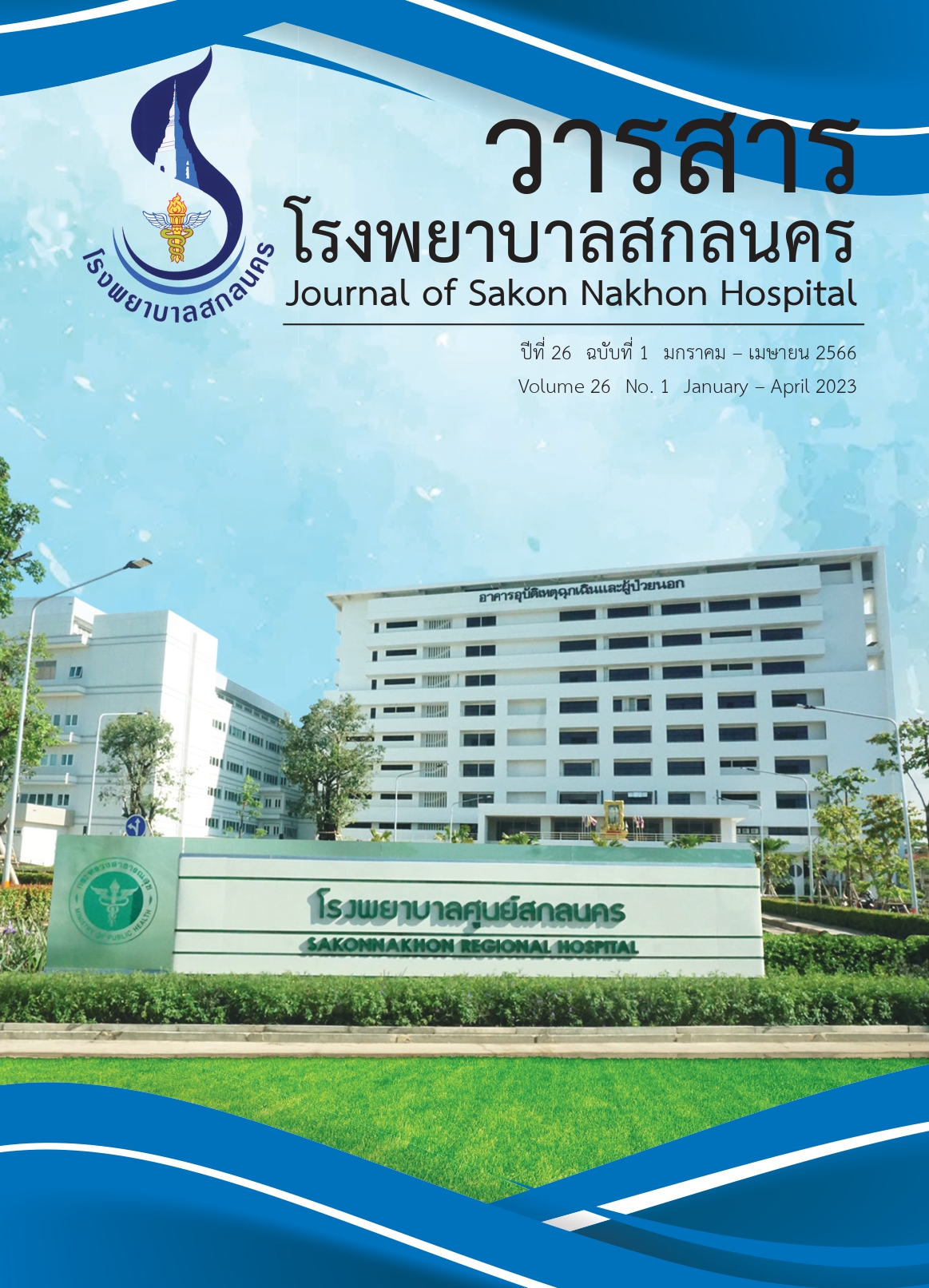Relationship Model between Clinical Supervision and Nursing Outcomes in Intensive Care Units at Tertiary Care Hospitals in the Northeast of Thailand: A Structural Equation Model Analysis
Abstract
The purpose of this descriptive research was to explore the relationship model between clinical supervision and nursing outcomes in Intensive Care Units (ICUs). Study sample were 234 Registered Nurses (RNs) working in ICUs at the tertiary care hospitals in the northeast of Thailand. They were selected in this study by multi–stage sampling. Research instruments were the questionnaires of clinical supervision and nursing outcomes as perceived by RNs. The content validity was carried out by seven experts and Cronbach’s alpha coefficient for reliability testing were reported as 0.84 and 0.96, respectively. Structural Equation Modeling (SEM) was used to analyze the relationship model between clinical supervision and nursing outcomes.
The results indicated that the hypothesized model of relationship showed acceptable goodness of fit with empirical data throughout the sample (Chi–Square = 20.945, df = 11, p = 0.034, CFI = 0.986, GFI = 0.971, TLI = 0.980, RMSEA = 0.042). The clinical supervision was a significant positive effect directly on nursing outcomes at a high level (Beta = 0.82, p < 0.01). In addition, the three subscales of clinical supervision: informative, normative and restorative functions were confirmed to have construct validity and being very good indicators of clinical supervision consistently with Proctor’s concept. The standardized factor loadings were 0.91, 0.87 and 0.81, respectively. The three selected subscales of safety, symptom control and patient satisfaction appeared to be good indicators of nursing outcomes in ICUs according to Doran’s concept. The factor loadings were 0.58, 0.60 and 0.54, respectively.
Keywords: Clinical supervision, Nursing outcomes, Intensive care unit, Structural equation model analysis




